What is a Spherical Roller Bearing Used For?
Spherical roller bearings are specialized mechanical components designed to handle heavy radial and axial loads in various industrial applications. These bearings consist of two rows of rollers, an inner ring with a common sphere-shaped raceway, and an outer ring with two raceway grooves. The unique design of spherical roller bearings allows them to accommodate misalignment and shaft deflections, making them invaluable in demanding environments where traditional bearings might fail.

What are the advantages of spherical roller bearings?
Spherical roller bearings offer numerous advantages that make them indispensable in many industrial applications. Their unique design provides exceptional load-carrying capacity, both radially and axially, allowing them to handle heavy loads in multiple directions simultaneously. This makes them ideal for use in machinery subjected to significant stresses and vibrations.
One of the most significant advantages of spherical roller bearings is their ability to accommodate misalignment. The spherical outer raceway allows the bearing to self-align, compensating for shaft deflections or mounting errors. This self-aligning capability reduces stress on the bearing and surrounding components, extending the overall lifespan of the machinery.
Another key benefit is their high-speed capability. Despite their robust design, spherical roller bearings can operate efficiently at relatively high speeds, making them suitable for a wide range of applications, from slow-moving heavy machinery to faster rotating equipment.
Spherical roller bearings also excel in terms of durability and reliability. Their design allows for better distribution of loads across the rolling elements, reducing wear and extending service life. Many spherical roller bearings are designed with enhanced lubrication features, such as oil grooves and holes in the outer ring, which improve lubrication distribution and further enhance their longevity.
These bearings are also known for their compact design relative to their load-carrying capacity. This allows for space-saving in machinery design, which can be crucial in applications where size and weight constraints are important factors.
Furthermore, spherical roller bearings offer excellent thermal stability. They can withstand high operating temperatures without significant loss of performance, making them suitable for use in harsh environments or applications where heat generation is a concern.
Lastly, the versatility of spherical roller bearings is a major advantage. They can be used in a wide array of applications and industries, from heavy industrial machinery to renewable energy systems, demonstrating their adaptability and reliability across different sectors.
How do spherical roller bearings work?
The operation of spherical roller bearings is based on a clever design that combines load-bearing capacity with self-aligning properties. Understanding how these bearings work provides insight into their unique capabilities and the reasons for their widespread use in various industries.
At the core of a spherical roller bearing's design are two main components: the inner and outer rings, and the rollers. The inner ring features a convex spherical surface that serves as the raceway for the rollers. This spherical shape is crucial to the bearing's function. The outer ring, in contrast, has a concave spherical surface with two raceways, one for each row of rollers.
The rollers themselves are typically barrel-shaped or slightly tapered, designed to match the curvature of the raceways. This shape allows for optimal contact between the rollers and the raceways, distributing the load evenly and reducing stress concentrations.
When the bearing is in operation, the rollers rotate between the inner and outer rings, facilitating the smooth rotation of the shaft. As the shaft rotates, the rollers roll along the raceways, reducing friction between the moving parts. The spherical design of the raceways allows the rollers to maintain contact even when the shaft is slightly misaligned or deflected.
This self-aligning capability is one of the key features of spherical roller bearings. If the shaft becomes misaligned due to heavy loads, temperature changes, or other factors, the rollers and inner ring can tilt relative to the outer ring. This tilting action ensures that the load is still evenly distributed across the rollers, preventing excessive stress on any single point within the bearing.
The two rows of rollers in a spherical roller bearing also contribute to its functionality. This design allows the bearing to handle both radial and axial loads effectively. Radial loads are forces perpendicular to the shaft axis, while axial loads are forces parallel to the shaft axis. The angled arrangement of the rollers enables them to manage both types of loads simultaneously, making these bearings highly versatile.
Lubrication plays a crucial role in the operation of spherical roller bearings. Many designs include features such as lubrication grooves or holes in the outer ring to ensure proper distribution of lubricant. This lubrication reduces friction between the rollers and raceways, dissipates heat, and helps prevent wear and corrosion.
In terms of load capacity, the spherical roller bearing's design allows it to handle heavy loads by distributing the force across multiple points of contact. Each roller makes contact with both the inner and outer rings along a line, rather than at a single point. This line contact increases the load-bearing surface area, allowing the bearing to manage heavier loads than many other bearing types of similar size.
The internal geometry of spherical roller bearings is often optimized to enhance their performance further. For instance, the cage (also known as the retainer) that separates the rollers is designed to guide the rollers and maintain their proper spacing. Some advanced designs may include asymmetrical rollers or optimized raceway profiles to improve load distribution and reduce friction.
Where are spherical roller bearings commonly used?
Spherical roller bearings find applications across a wide range of industries due to their unique combination of high load capacity, self-aligning properties, and ability to handle both radial and axial loads. Their versatility makes them indispensable in many challenging environments and critical machinery.
One of the primary areas where spherical roller bearings are extensively used is in heavy industrial machinery. In this sector, they are commonly found in equipment such as crushers, vibrating screens, and conveyor systems. These applications often involve heavy loads, shock loads, and vibrations, conditions in which spherical roller bearings excel. For instance, in mining operations, spherical roller bearings are used in rock crushers, where they must withstand extreme radial and axial loads as well as contamination from dust and debris.
The paper and pulp industry is another sector that heavily relies on spherical roller bearings. In paper mills, these bearings are used in various stages of the papermaking process, including in the rollers of paper machines and in the dryer sections. The high-temperature, high-humidity environment of paper mills makes spherical roller bearings an ideal choice due to their thermal stability and ability to handle misalignment caused by the expansion and contraction of machine components.
In the energy sector, spherical roller bearings play a crucial role in both traditional and renewable energy production. In wind turbines, for example, these bearings are used in the main rotor shaft, where they must handle variable loads and directions of force due to changing wind conditions. Their self-aligning properties are particularly valuable in this application, as they can accommodate the slight flexing of the large turbine blades and shafts.
The marine industry is another area where spherical roller bearings are widely used. They are found in various applications on ships, including propeller shafts, rudder systems, and winches. The ability of these bearings to handle both radial and axial loads is particularly useful in marine environments, where forces can come from multiple directions due to wave action and vessel movement.
In the steel industry, spherical roller bearings are used in rolling mills, where they must withstand high temperatures, heavy loads, and potential misalignment due to the extreme forces involved in steel production. Their robust design and self-aligning capabilities make them ideal for continuous casting machines and rolling mill stands.
The construction and earthmoving equipment sector also makes extensive use of spherical roller bearings. They are found in the pivot points of excavators, in the wheel hubs of large dump trucks, and in the transmissions of various heavy machines. The ability of these bearings to handle shock loads and misalignment is particularly valuable in the rough conditions often encountered on construction sites.
In the rail industry, spherical roller bearings are used in locomotive wheel sets and in the bogies (undercarriages) of railway cars. Their high load capacity and ability to handle both radial and axial loads make them well-suited for the demands of rail transport, where they must cope with the weight of the train, the forces generated during acceleration and braking, and the lateral forces encountered when rounding curves.
Spherical roller bearings also find applications in the aerospace industry, particularly in larger aircraft. They are used in landing gear assemblies, where they must handle the extreme loads and shocks associated with takeoffs and landings.
In the field of renewable energy, beyond their use in wind turbines, spherical roller bearings are also employed in tidal and wave energy systems. These applications often involve large, slow-moving components subjected to significant and variable loads, conditions that spherical roller bearings are well-equipped to handle.
The textile industry is another sector where spherical roller bearings are commonly used. They are found in various textile machines, including spinning frames, weaving looms, and finishing equipment. The high-speed operation and potential for misalignment in these machines make spherical roller bearings an excellent choice.
In summary, the versatility, robustness, and unique properties of spherical roller bearings make them indispensable components in a wide array of industries and applications. From heavy industrial machinery to precision equipment, these bearings continue to play a crucial role in ensuring the efficient and reliable operation of countless machines and systems worldwide.
Luoyang Huigong Bearing Technology Co., Ltd. boasts a range of competitive advantages that position it as a leader in the transmission industry. Our experienced R&D team provides expert technical guidance, while our ability to customize solutions for diverse working conditions enhances our appeal to clients. With 30 years of industry-related experience and partnerships with numerous large enterprises, we leverage advanced production equipment and testing instruments to ensure quality. Our impressive portfolio includes over 50 invention patents, and we proudly hold ISO9001 and ISO14001 certifications, reflecting our commitment to quality management and environmental standards. Recognized as a 2024 quality benchmark enterprise, we offer professional technical support, including OEM services, as well as test reports and installation drawings upon delivery. Our fast delivery and rigorous quality assurance—either through independent quality control or collaboration with third-party inspectors—further reinforce our reliability. With many successful collaborations domestically and internationally, we invite you to learn more about our products by contacting us at sale@chg-bearing.com or calling our hotline at +86-0379-65793878.
References
1. SKF Group. (2021). Spherical roller bearings. SKF.com.
2. Schaeffler Technologies AG & Co. KG. (2021). Spherical roller bearings. Schaeffler.com.
3. Timken Company. (2021). Spherical Roller Bearings. Timken.com.
4. NSK Ltd. (2021). Spherical Roller Bearings. NSK.com.
5. NTN Corporation. (2021). Spherical Roller Bearings. NTN.com.
6. Koyo Bearings. (2021). Spherical Roller Bearings. Koyousa.com.
7. ZKL Group. (2021). Spherical Roller Bearings. ZKL.cz.
8. FAG Bearings. (2021). Spherical Roller Bearings. FAG.de.
9. INA Bearings. (2021). Spherical Roller Bearings. INA.de.
10. Machine Design. (2019). What are Spherical Roller Bearings? MachineDesign.com.
YOU MAY LIKE
-
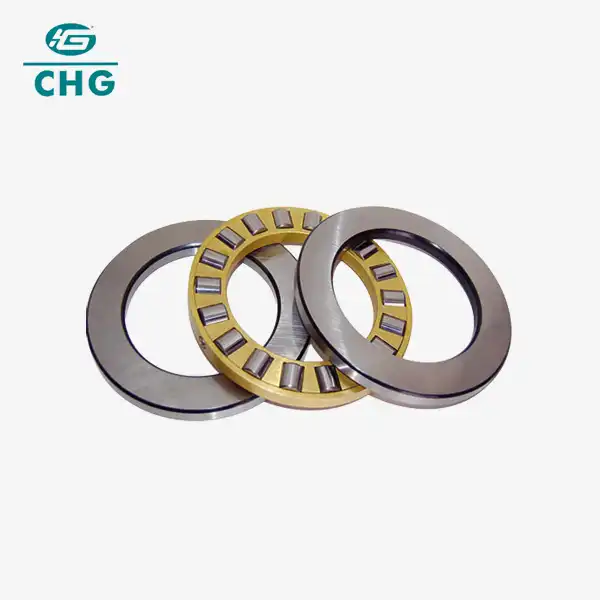 VIEW MORECylindrical Roller Thrust Bearings
VIEW MORECylindrical Roller Thrust Bearings -
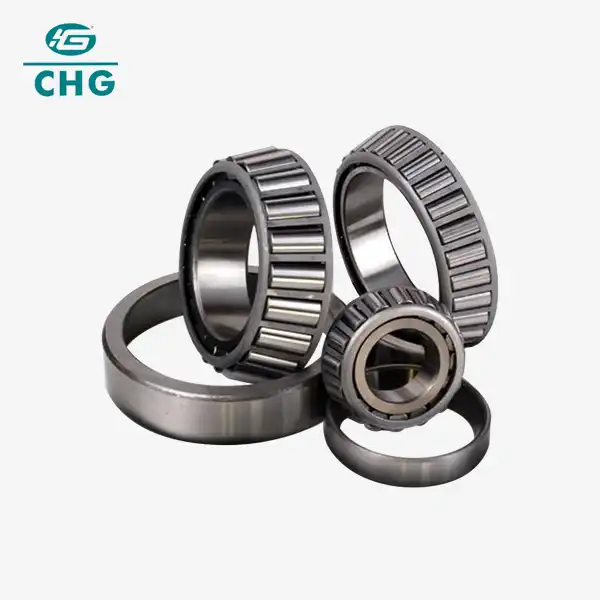 VIEW MORECup Tapered Roller Bearing
VIEW MORECup Tapered Roller Bearing -
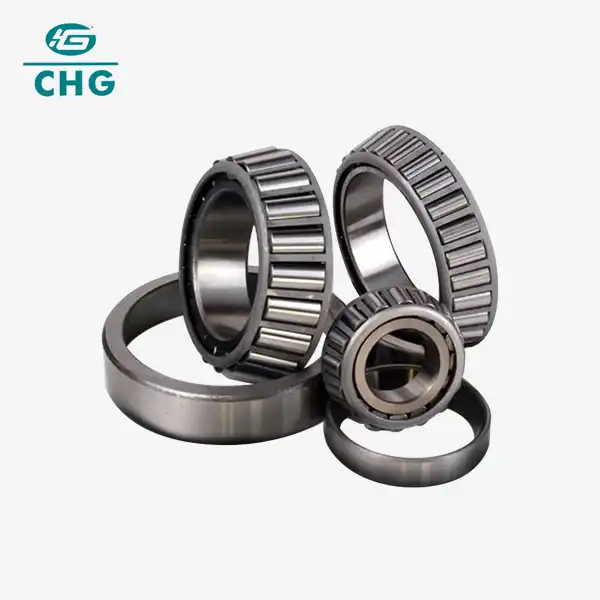 VIEW MORETapered Rolling Bearing
VIEW MORETapered Rolling Bearing -
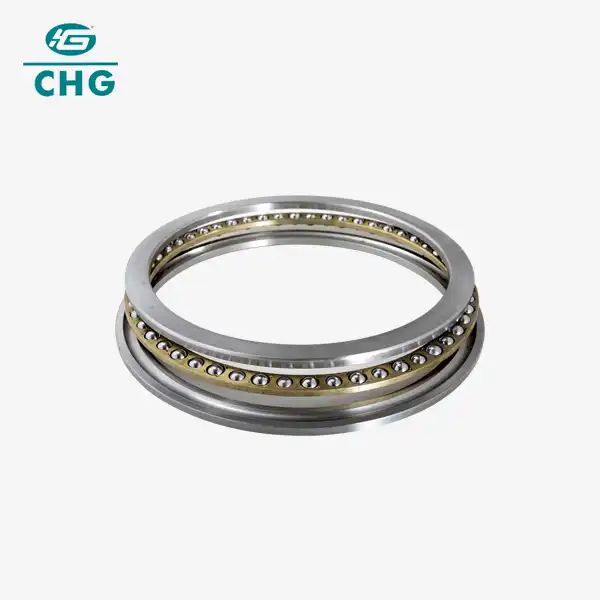 VIEW MOREAxial Deep Groove Ball Bearing
VIEW MOREAxial Deep Groove Ball Bearing -
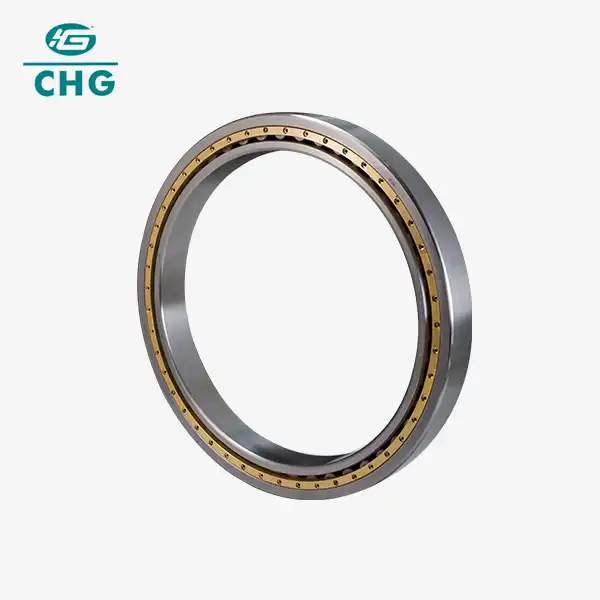 VIEW MOREAxial Radial Cylindrical Roller Bearings
VIEW MOREAxial Radial Cylindrical Roller Bearings -
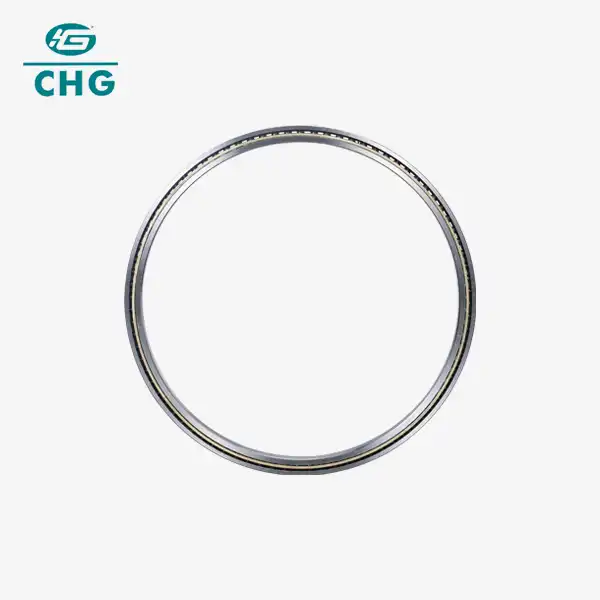 VIEW MOREThin Section Deep Groove Ball Bearings
VIEW MOREThin Section Deep Groove Ball Bearings -
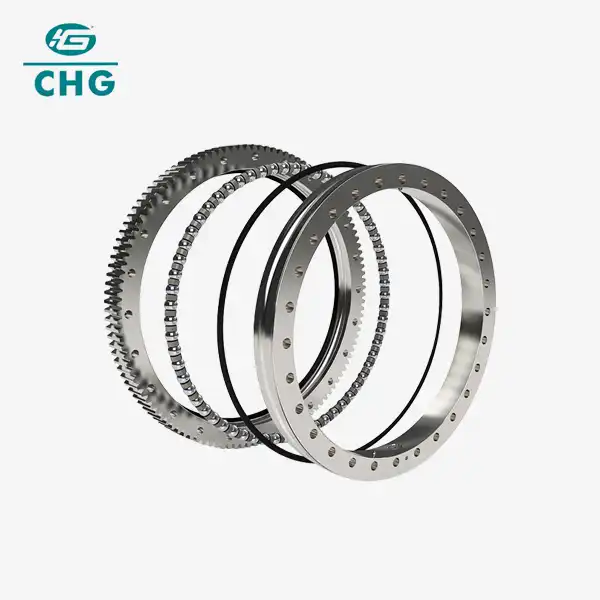 VIEW MOREDouble Row Ball Slewing Bearing
VIEW MOREDouble Row Ball Slewing Bearing -
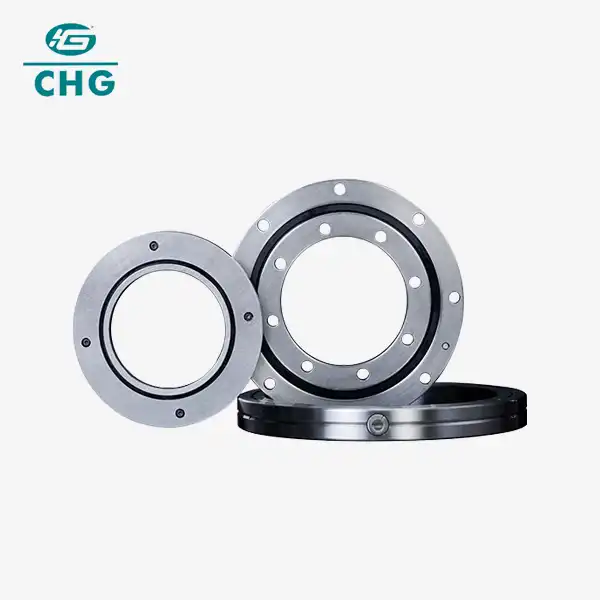 VIEW MORERu Cross Roller Bearings
VIEW MORERu Cross Roller Bearings

